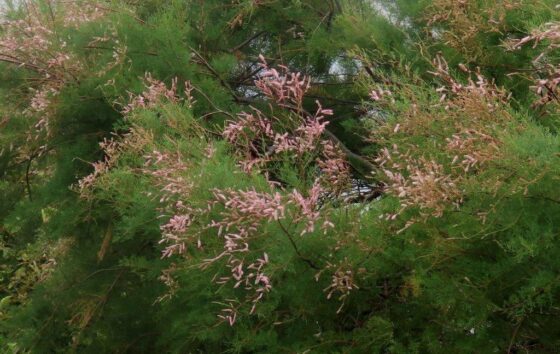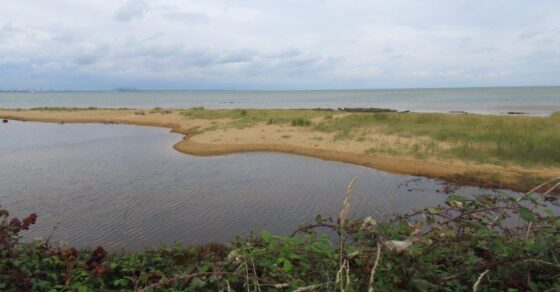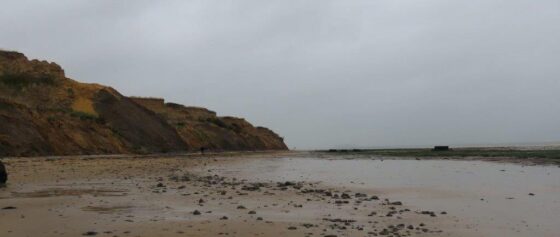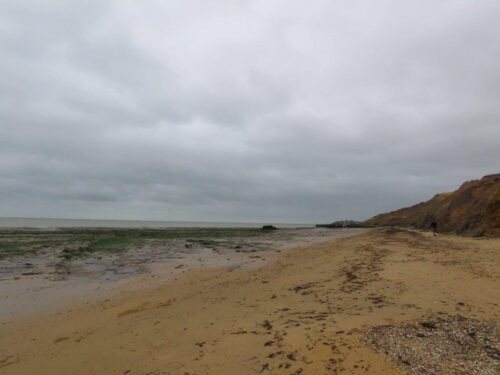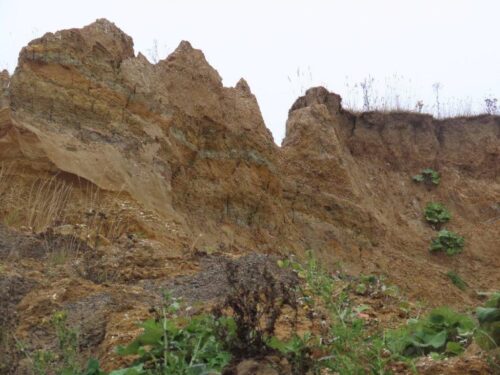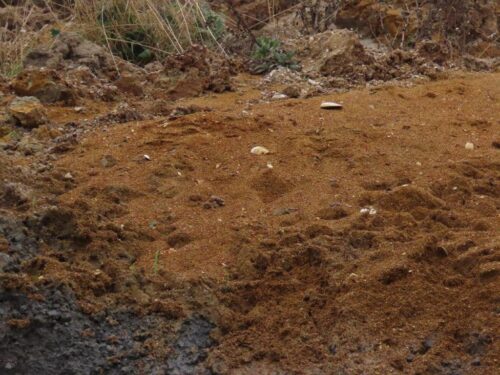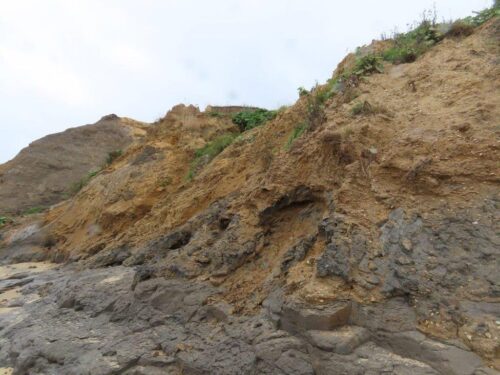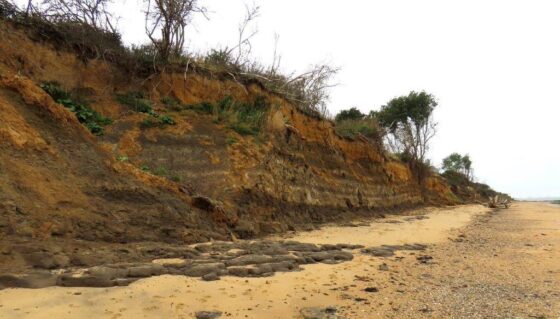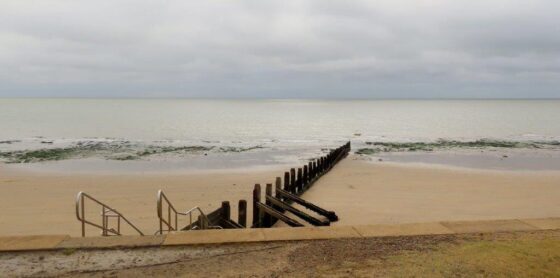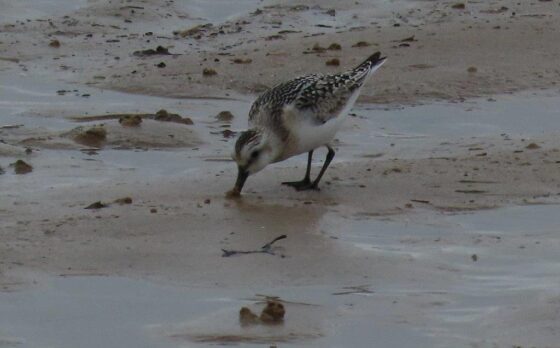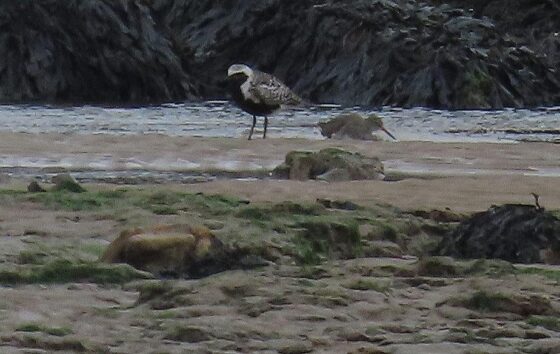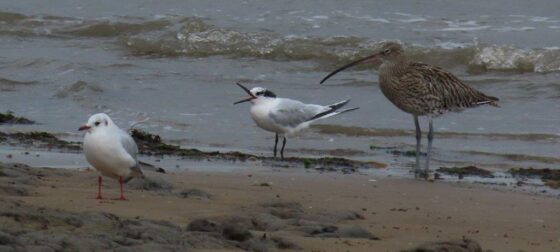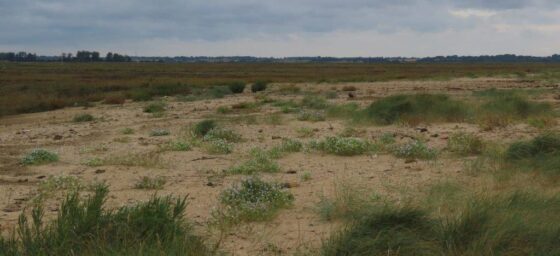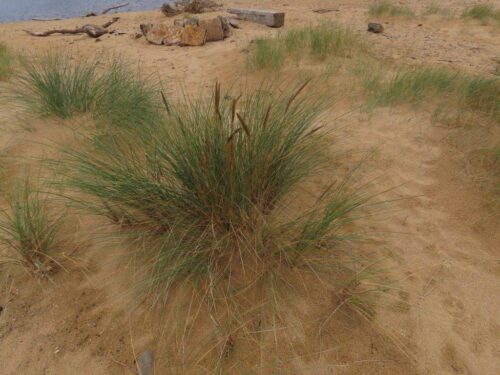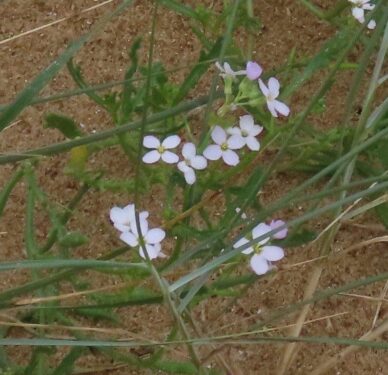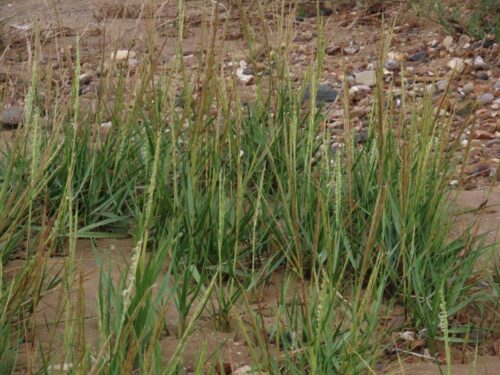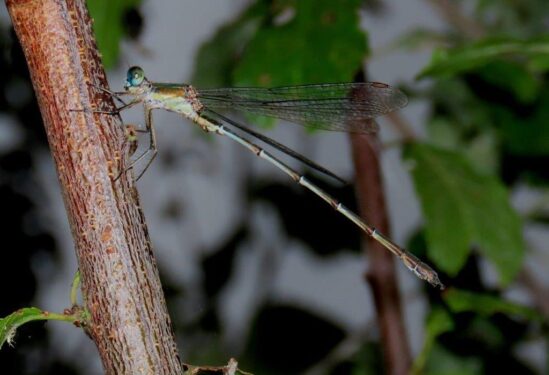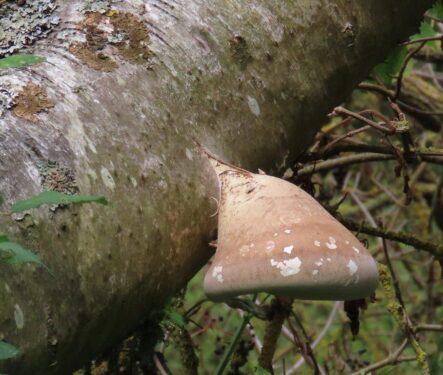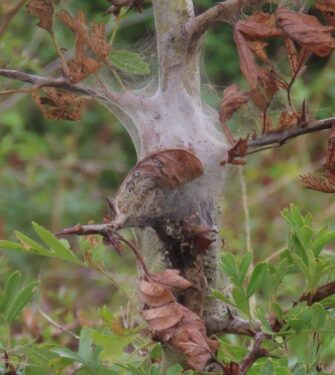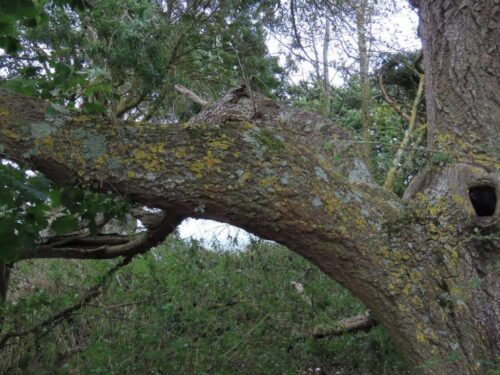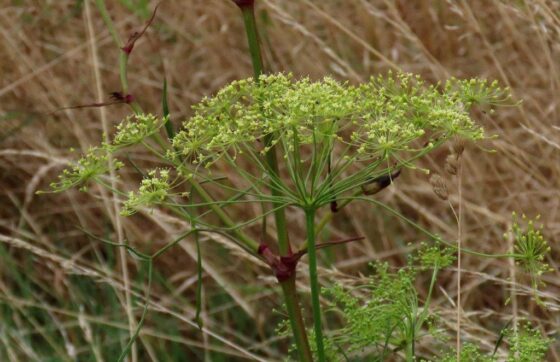Birding hopes were high as we gathered for the latest Naturetrek Wild Side of Essex tour of the Naze. The previous day had seen a significant arrival of goodies, including Red-backed Shrike and Wryneck. Would they still be there? The answer was ‘probably’. But the strong cool wind and unremittingly dull conditions were not conducive to them being on show in the swishing Tamarisk and other shrubs.
Still, there were plenty of migrants to be found, including a Wheatear on Stone Point, a significant gathering of Swallows (with a few House and Sand Martins) hawking flies around a sheep field, that in turn attracted the attention of a hurtling Hobby three times (or perhaps three separate Hobbies?). Coasting flocks of Goldfinches and Linnets, with a few Chaffinches and Goldfinches, and feeding groups of Pied Wagtails and Meadow Pipits added interest to the bird scene.
But perhaps the most remarkable feat of migration was from Red Admirals. The preceding five days had seen the most sustained southward migration I have witnessed in recent years, and dozens of them continued throughout our walk, battling the gusty winds.
The remarkable geology of the Naze was there as always, if not as radiant in the gloom as it can be: cliffs and shores telling tales of tropical lagoons, ancient volcanoes erupting far to the north, the collision of continents, beaches at a time of natural climate collapse, and vast dust storms from a frozen East Anglia.
Out to sea there was little action, apart from passing Cormorants, Sandwich Terns and a Great Black-backed Gull.
The shoreline waders were however starting to build up in number, most numerous being Sanderlings and Turnstones, along with Ringed, Great and Golden Plovers, Curlews and several more.
On Stone Point, there was quite a gathering of Sandwich Terns and, best bird of the day, a Merlin settled on a clump of driftline detritus before creating mayhem as it powered along the beach.
Drift-line and embryo dune flora was in good form, with Sea Rocket alongside Frosted Orache, Prickly Saltwort and Shrubby Seablite. On the saltmarshes, Cord-grass was in full dangly flower, Golden Samphire was now going over, and Glassworts and Annual Seablite were developing their attractive and individually distinctive autumn colours.
The autumnal feel also pervaded the ponds, with the three species of late-season Odonata – Migrant Hawker, Common Darter and Willow Emerald.
And a few other bits and pieces in the scrub and higher ground, from Birch Bracket to Brown-tail nests and Sea Hog’s-fennel all contributed to a varied day of delights from the Wild Side of Essex!

